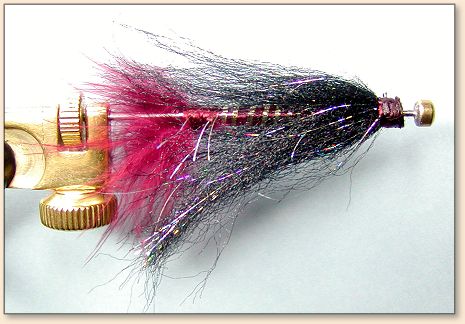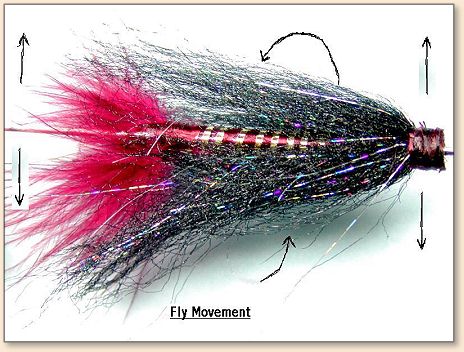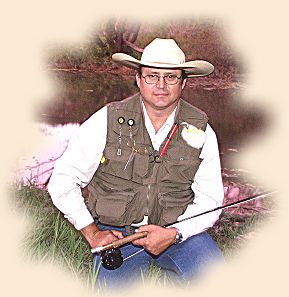Why Tube Flies?
Prelude: Why Tube Flies you ask? For those avid fly
tyers who are always looking for something new or just
different to try, I will be doing a multi-part article
on Tube Flies for the warm water fly fisher. The first
part "Why Tube Flies" will introduce you to the tube
fly. The second part "Tube Fly Vises and Material" will
cover the vises and materials used when tying. The
third Part "Tying the Tube Fly" will cover various
methods of tying a tube fly, do's and don'ts, as well
as rigging tube flies to your line. Lastly the fourth
part will cover patterns that work for the panfish and
bass in our southern waters. Enjoy!

Tube flies get very little credit here in America. In
fact the first time I ever heard of them was during my
Naval days talking with some European friends. Google
search on the internet produces very little information
but it will turn up some books on the subject as well as
one place I have found that provides tube material
specifically made for tube flies (more on that in another
part).
Tube flies have been in use in Europe, more so the
Scandinavian countries, for some time. However they
have never seemed to catch the attention of the American
fly fisher. However an exception to this is that the
Atlantic salmon fly fishers have been tying various
patterns on tubes for years. Saltwater fly fishers
are beginning to use tube style flies for several blue
water species. They are all but non-existent to the
warm water fly fisher. For the warm water anglers who
use tube flies, the Bass fishing can be extremely rewarding!
Tube flies offer several advantages over traditional
patterns tied on hook shanks. Since the pattern is
tied to some sort of hollow tube like material, hook
size and style can be varied to match the type of
fishing you are doing. Instead of having the same
pattern tied on several hook sizes and styles, a
couple of patterns in two sizes can be swapped with
several hooks. Another advantage is recovery of the
fly when the hook becomes embedded in a tree limb or
some other obstacle. Recovery is almost 100 percent
as the fly is not attached to the hook and will slide
off the tippet when the line breaks. Again this depends
on the rigging style of the fly, which will be covered
in part three. You can also combine different actions
into a single fly. An example of this is adding a popper
head in front of a tube fly when surface disturbance is
needed. Another advantage is often times the fly will
move up the leader once a fish is hooked. This can extend
the life of the fly by not being in the way when using
forceps to remove the hook and by the fish not continuing
to chew on the fly. Normally hooks used with tube flies
are short shanked, but of various sizes. Essentially you
would only have to bring along a few hooks of the sizes you
need to fish and as many tube flies as deemed necessary.
Additionally, and to me, the best attribute tube flies
have is their movement on all axis. By this I mean the
fly can spin around the leader if rigged correctly. This
additional action can sometimes make the difference in
successful bass fishing. I have tried both spinning and
non-spinning methods with the same fly and at times the
spin produced more hits.

Lastly, when you think tube fly, think streamer flies.
This is the way a tube fly is normally fished. There are
modifications for floating a tube fly, some quite
extravagant and others simple. However subsurface
streamer style is where the tube fly is most effective.
It's for this reason they're an excellent choice for
fly-fishing the warm water bass. White Bass, Guadalupe
Bass, Stripper Bass, and Black Bass respond well to tube
flies.
Next week Part 2 "Tube Fly Vises and Material".
Until next time good fishing!
~ Hillfisher
|







